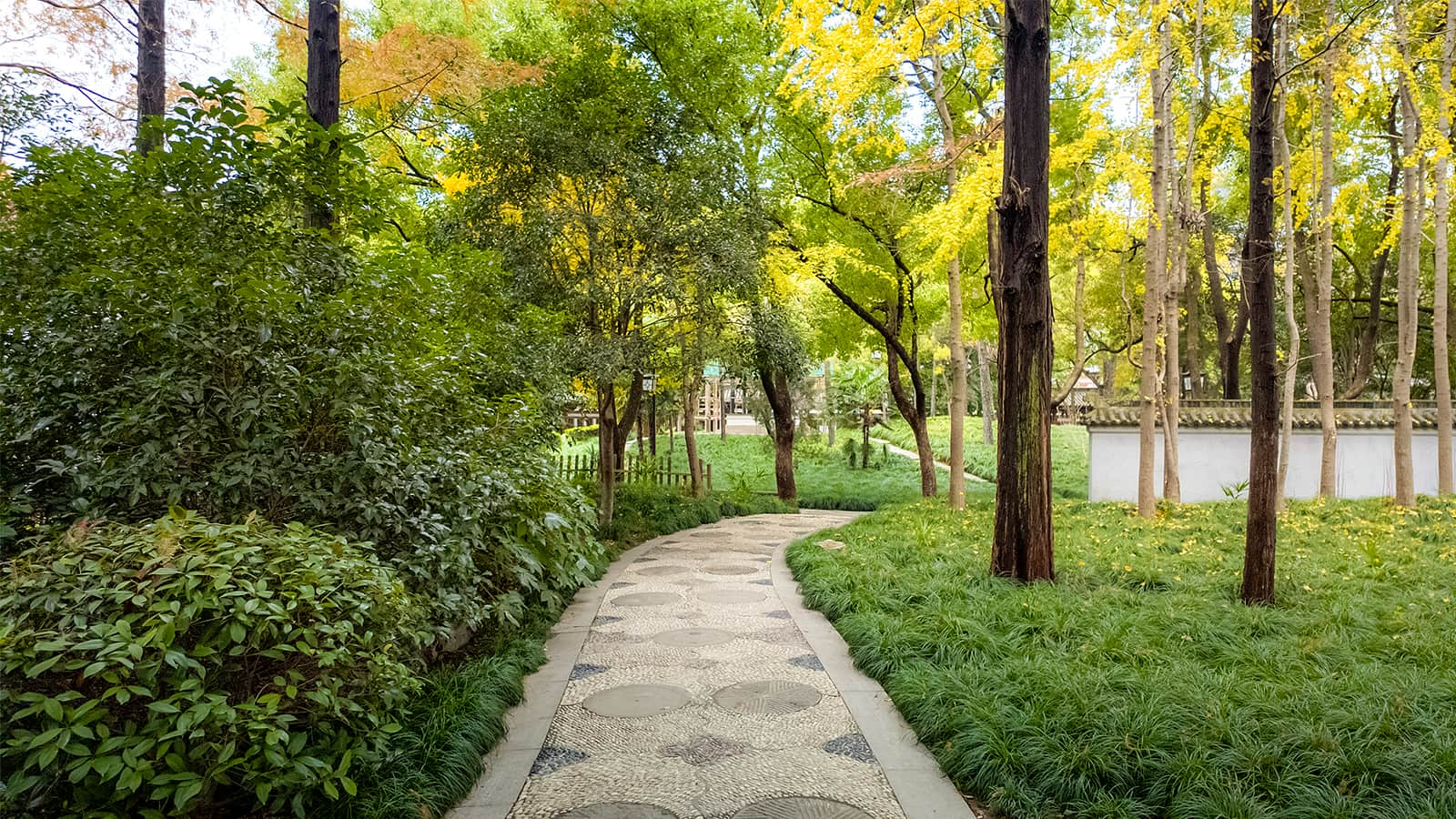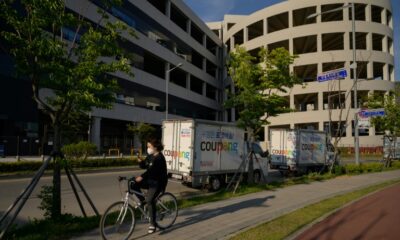Science
Urban Green Spaces Face Climate Risks Due to Soil Homogeneity

Urban parks and residential green spaces may be more vulnerable to climate change than previously thought, according to a new study published in Nature Cities. Researchers found that while these areas possess higher soil biodiversity compared to nearby natural forests and farmlands, they also exhibit a significant level of homogeneity. This lack of diversity could undermine the resilience of urban ecosystems as climate conditions become more extreme.
The study, led by a team of international researchers and co-authored by Scott Chang, a professor at the University of Alberta, analyzed over 200 soil samples from 13 cities in China. The researchers aimed to understand how urbanization affects the microbial communities in different land-use types, including forests, farmlands, urban parks, and residential green spaces.
Findings revealed that urban parks and residential areas had a greater abundance of bacteria, fungi, and protists compared to nearby forests. Specifically, the number of species in urban parks increased by 14 to 17 percent compared with forest samples. In residential areas, the diversity of bacteria and protists was found to be 15 and 20 percent higher, respectively. This elevated richness was attributed to urban management practices that enhance soil conditions, such as liming and fertilization, creating a more favorable environment for various microbial species.
Despite the local diversity observed in urban soils, the study highlighted a concerning trend. The microbial communities across different cities became approximately 13 percent more similar to each other than those in natural forest environments. This homogenization indicates a loss of ecological uniqueness, leaving urban soils increasingly susceptible to environmental stressors like extreme weather events.
According to Scott Chang, “There is a risk for those otherwise locally diverse microbial communities to respond to large-scale environmental changes all in a similar way, and as a result, ecosystem resilience could be lowered.” This finding underscores the importance of considering the long-term impacts of urbanization on soil health and ecosystem functions.
The research emphasizes the need for urban planners and policymakers to address these vulnerabilities. As cities continue to grow and adapt to climate change, preserving soil biodiversity could play a crucial role in maintaining the ecological integrity of urban environments.
-

 Politics4 weeks ago
Politics4 weeks agoSecwepemc First Nation Seeks Aboriginal Title Over Kamloops Area
-

 World5 months ago
World5 months agoScientists Unearth Ancient Antarctic Ice to Unlock Climate Secrets
-

 Entertainment5 months ago
Entertainment5 months agoTrump and McCormick to Announce $70 Billion Energy Investments
-

 Science5 months ago
Science5 months agoFour Astronauts Return to Earth After International Space Station Mission
-

 Lifestyle5 months ago
Lifestyle5 months agoTransLink Launches Food Truck Program to Boost Revenue in Vancouver
-

 Technology3 months ago
Technology3 months agoApple Notes Enhances Functionality with Markdown Support in macOS 26
-

 Lifestyle3 months ago
Lifestyle3 months agoManitoba’s Burger Champion Shines Again Amid Dining Innovations
-

 Top Stories2 months ago
Top Stories2 months agoUrgent Update: Fatal Crash on Highway 99 Claims Life of Pitt Meadows Man
-

 Politics4 months ago
Politics4 months agoUkrainian Tennis Star Elina Svitolina Faces Death Threats Online
-

 Sports5 months ago
Sports5 months agoSearch Underway for Missing Hunter Amid Hokkaido Bear Emergency
-

 Politics5 months ago
Politics5 months agoCarney Engages First Nations Leaders at Development Law Summit
-

 Technology5 months ago
Technology5 months agoFrosthaven Launches Early Access on July 31, 2025





















